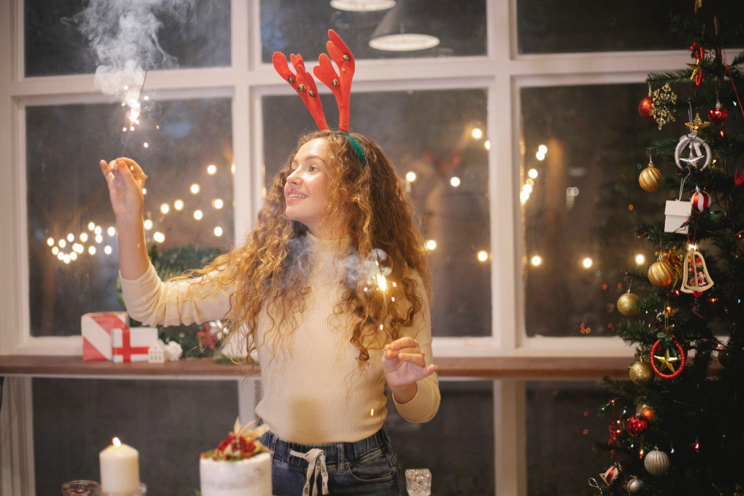The Medieval Roots of Christmas Trees: Kings, Queens, and Church Charity
Artificial Christmas trees have been a popular decoration for centuries. The tradition dates back to medieval times when trees were decorated with apples and roses to represent the Garden of Eden. This practice gradually evolved into decorating pine trees, which were evergreen and symbolized the hope of eternal life. The Germanic people began bringing Christmas trees into their homes during the holiday. This tradition spread throughout Europe, and by the 19th century, it had become a common practice in English-speaking countries. Queen Victoria and Prince Albert are credited with popularizing the tradition in the United Kingdom and the United States. At that time, people would decorate Christmas trees with candles, tinsel, and other ornaments. The custom of putting presents under the tree came later.
Interestingly, the first artificial Christmas tree was created in Germany in the 19th century, made out of goose feathers. Due to its durability and convenience, it was quickly adopted by people worldwide, especially those who couldn’t afford to live or cut trees. Today, artificial Christmas trees are made of materials such as PVC, PE, and metal, offering a range of benefits, such as ease of setup, various sizes and styles, and reusability.
Modern Uses and Benefits of Artificial Christmas Trees: Education, Charity, & Pop Stars
Artificial Christmas trees have come long since their medieval roots and feathered beginnings. They are now trendy for both residential and commercial settings. They are used for various purposes, such as in churches, schools, malls, and charity events. In America, for example, many organizations recycle artificial Christmas trees to create holiday wreaths, which are then sold to raise money for charity. Some schools use artificial trees to teach ecology and reforestation, while others use them for holiday productions and plays.
Technology has also played a significant role in producing artificial trees, as software programs can simulate the look and feel of a real tree. These trees include LED lights, special effects, and unique shapes.
In conclusion, artificial Christmas trees have a rich and fascinating history that spans centuries. These trees inspire holiday cheer and tradition from medieval times to modern getaways. Not only are they convenient and cost-effective, but they also offer a range of benefits for education, charity, and entertainment. If you want to add romance and history to your holiday decor this year, consider purchasing a high-quality artificial Christmas tree promptly.

